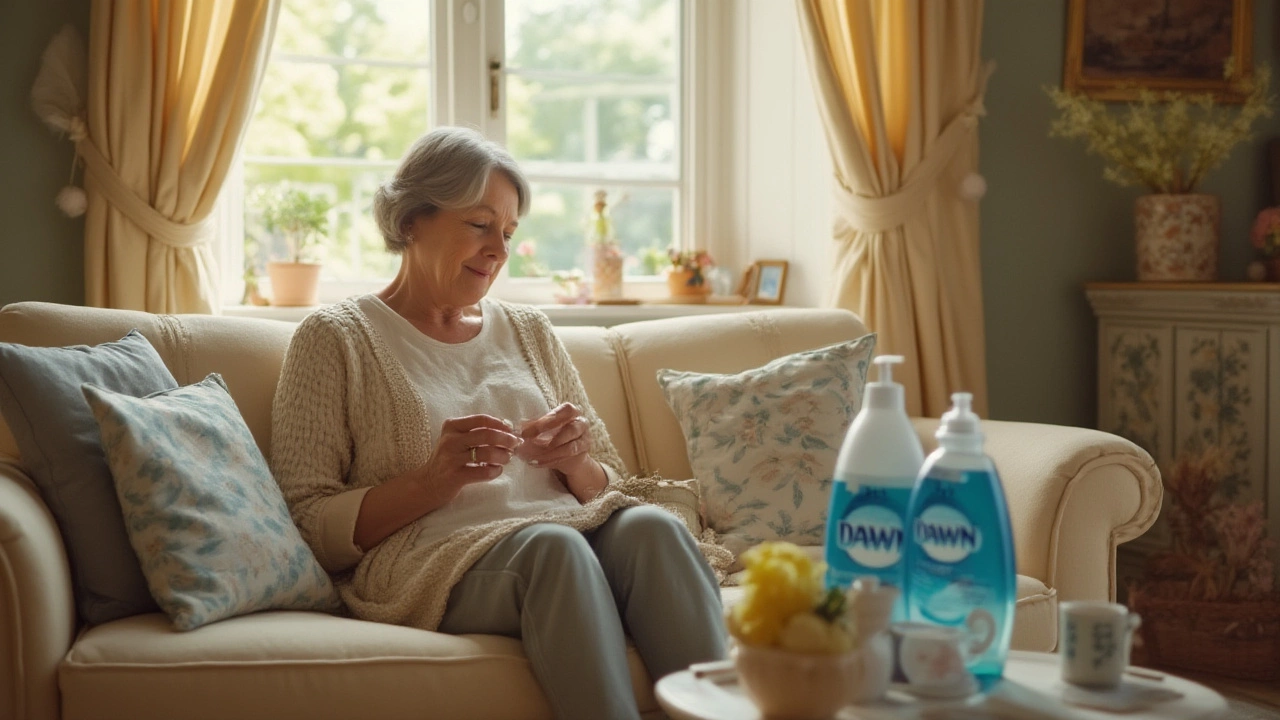Safe Cleaning Methods: Simple Ways to Keep Your Home Healthy
When you grab a spray bottle, do you think about the chemicals inside? Most people just want a clean space, but the hidden harsh ingredients can irritate skin, aggravate allergies, and even harm pets. The good news is you don’t need expensive brands to stay safe—just a few smart choices and easy DIY mixes.
Why does safety matter? A gentle cleaner reduces the risk of respiratory issues and keeps kids’ play areas free from toxic residues. It also means fewer chemicals ending up in the water system, which is better for the environment. In short, safe cleaning protects people, pets, and the planet without sacrificing results.
Choose the Right Green Products
Not every product that claims to be "green" lives up to the label. Look for cleaners that list ingredients like vinegar, citric acid, baking soda, or plant‑based surfactants. Avoid anything with ammonia, chlorine bleach, or phthalates—those are the real trouble‑makers. A quick tip: check the ingredient list for a short, recognizable formula. If you can read and understand it, you’re probably safe.
Eco‑friendly brands often price a bit higher because they use sustainable sourcing. That’s why many homeowners turn to homemade solutions. They’re cheap, effective, and you control every ingredient. For windows, a mix of one part white vinegar and two parts water gives a streak‑free shine without the harsh chemicals found in most commercial sprays.
DIY Safe Cleaning Hacks
Vinegar, Dawn dish soap, and baking soda are the holy trinity of safe cleaning. Mix vinegar with a few drops of Dawn for a powerful kitchen degreaser that cuts grease without leaving toxic fumes. Baking soda works wonders on stubborn oven grime—sprinkle it on a damp surface, let it sit, then wipe clean. For fabrics, a solution of warm water, a splash of vinegar, and a teaspoon of baking soda lifts stains while keeping fibers intact.
If you’re tackling mould in the bathroom, combine equal parts vinegar and water in a spray bottle. Spray, wait a few minutes, then scrub with a brush. The acidity kills most mould spores, and you avoid the harsh bleach smell. For pet‑friendly cleaning, stick to plain water and a microfiber cloth; it removes dust without any residues that could bother sensitive noses.
Even simple habits can boost safety. Rinse mop heads thoroughly after each use, store cleaners out of reach of children, and ventilate rooms while you work. Regular light cleaning reduces the need for heavy‑duty chemicals later on, saving time and money.
Bottom line: safe cleaning isn’t a sacrifice—it’s a smarter way to keep your home sparkling. Pick transparent products, brew a few DIY mixes, and make small routine changes. You’ll notice fewer sniffles, happier pets, and a greener footprint, all while enjoying a spotless space.

Is Dawn Dish Soap Safe for Cleaning Fabric Couches? Expert Tips & Guide
Can you clean a fabric couch with Dawn dish soap? Find out, plus learn how to use it properly and what to avoid when treating stains and upholstery.
Read More